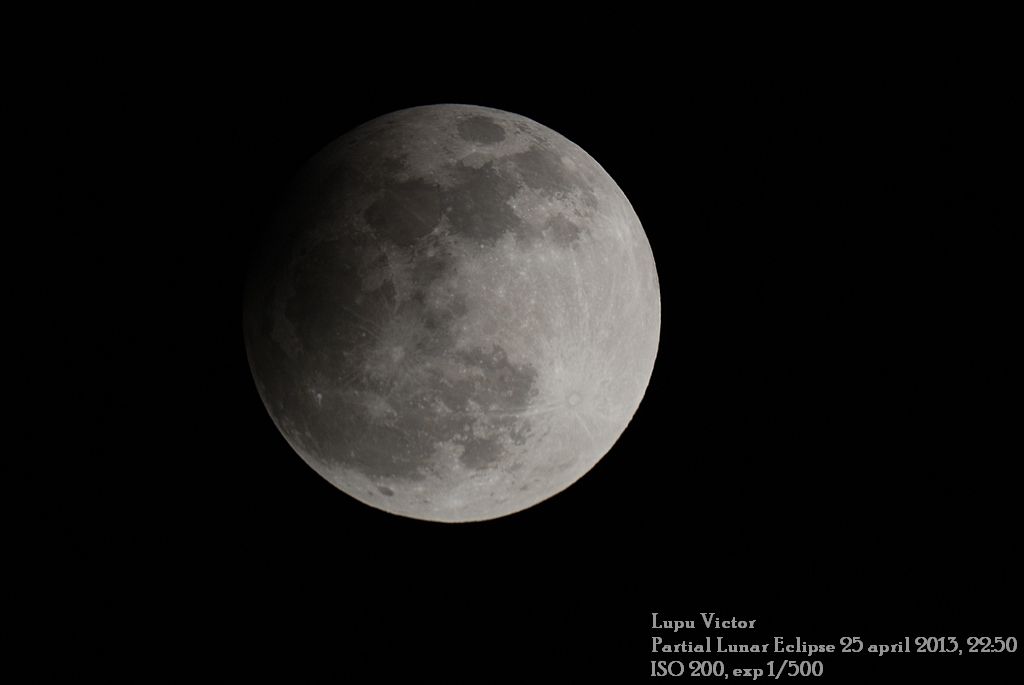The decreased light of the visible disk of the Moon is usually noticeable to a trained eye , especially when a relatively small part of the Moon's disc enters the penumbra .
Even if the Earth blocks sunlight from reaching the Moon during a total eclipse, our planet is much smaller compared to the Sun, and thus indirect sun light still manages to go around the Earth . This sunlight is filtered through the Earth's atmosphere , often releasing light blue waves and leaves a bright red or orange light to land on the lunar surface .
Maximum eclipse will take place at 11:51 p.m. UTC , at which time 76.5% of the lunar disk will be in the penumbral shadow of the Earth. The eclipse will last 239 minutes from 9:51 p.m. to 1:50 UTC.
Viewers of regions in America, Oceania , Europe , Africa and Asia can fully see the event. 2013 Eclipse is one of the four lunar eclipses in a short series of descending node of the lunar orbit .
The next total eclipse will take place on 15 April 2014
 |
| Partial eclipse of the Moon from 25 April 2013. |




 Thursday, October 10, 2013
Thursday, October 10, 2013
 Unknown
Unknown

 Posted in:
Posted in: 


0 comments:
Post a Comment